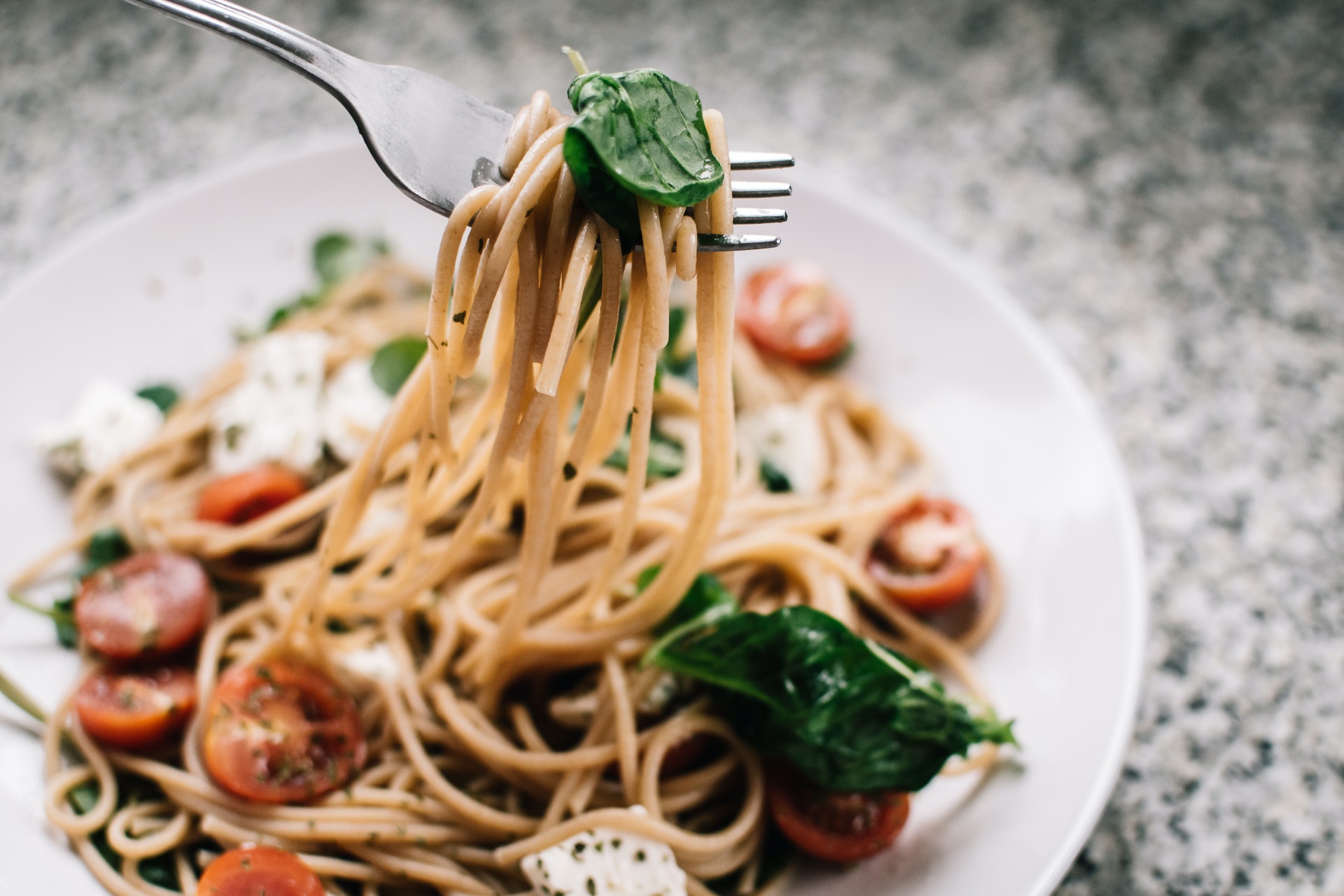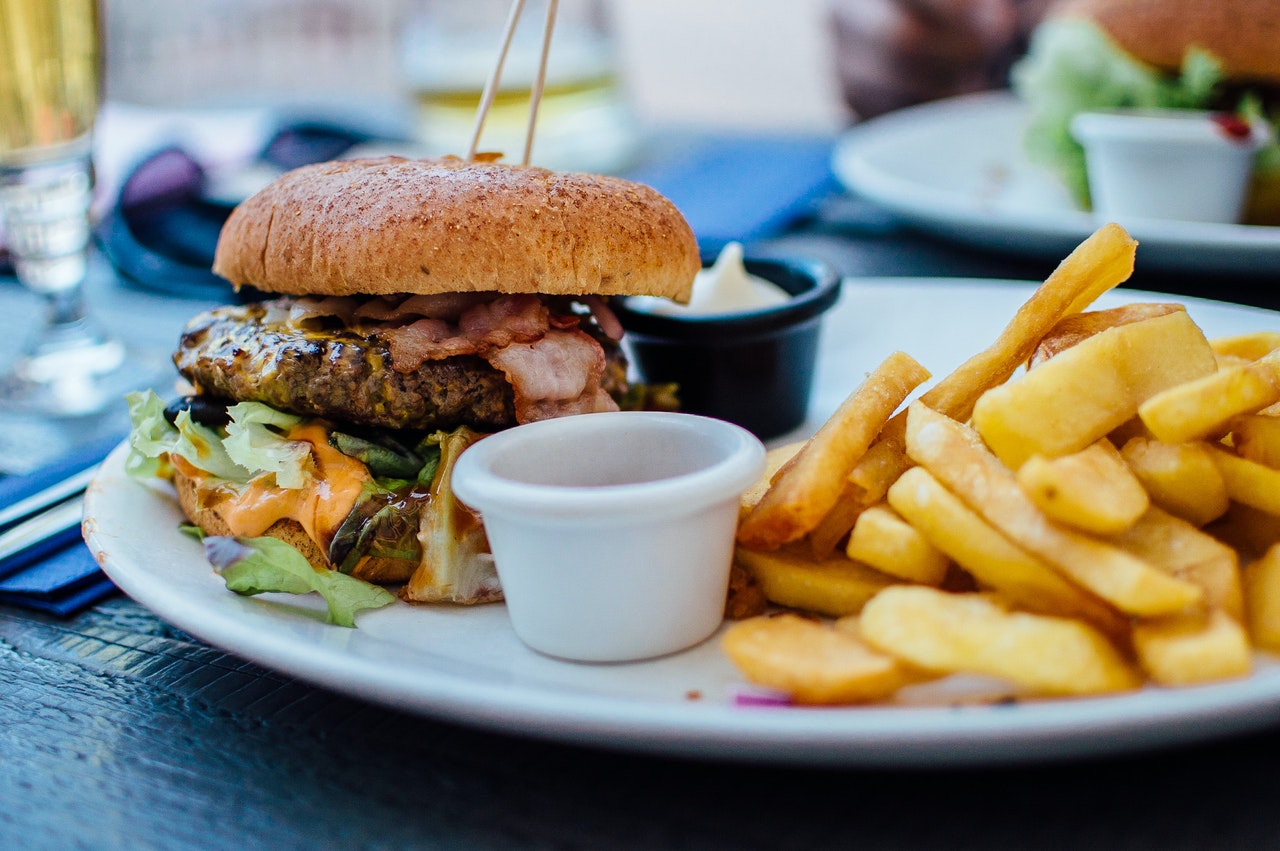
Man can’t live on bread alone – not least since man would foster scurvy about a month or so into that little trial.
The best weight control plans have a lot of assortment in them, ensuring you get everything from nutrient C to press to linoleic corrosive without deduction. Indeed, even prevailing fashion eats less that emphasis on only a couple food sources or on killing certain things are normally fluctuated enough to be sensibly nutritious. In any case, in the amazingly improbable situation that you needed to live on only one food, are some healthfully more complete than others? Could you get what you need from, say, just potatoes, or just bananas, or just avocados?
One thing is without a doubt, the competitors would exclude meat or most foods grown from the ground. Meat doesn’t have fiber, nor does it have key nutrients and supplements. Leafy foods may have nutrients, however they don’t have anyplace near sufficient fat or protein, even eaten in amount. The body doesn’t require however much you may think to remain alive, yet you discard them at your hazard.
Cold traveler Vilhjalmur Stefansson expounded on a wonder among the people groups of northern Canada called hare starvation, in which the individuals who eat without a doubt, exceptionally lean meat, like hare, “foster the runs in about seven days, with cerebral pain, faintness, a dubious inconvenience.” To stay away from death from lack of healthy sustenance, bunny starvation victims should devour some fat, he composes. Jon Krakauer, in his book Into the Wild, recommends from the outset that doomed nonconformist Chris McCandless kicked the bucket from bunny starvation. It’s idea that getting practically the entirety of one’s calories from protein, and practically none from fat or carbs, may overpower the liver’s capacity to handle protein.
In any case, if meat and most vegetables are off the table, to some degree shockingly, potatoes are not as awful a choice as you would might suspect, says dietician Jennie Jackson of Glasgow Caledonian College. She composed last year about Australian Andrew Taylor, who went through a year eating only potatoes as an all around exposed exertion to get thinner and assemble better propensities.
What makes potatoes uncommon is that for a bland food, they have a surprising measure of protein, and that incorporates a wide assortment of amino acids, says Jackson. All things considered, in any event, eating 3kg (6.6lbs) of potatoes daily would just outfit to around 66% of the suggested sum for somebody of Taylor’s size.
Potatoes likewise don’t have the suggested measure of fat, and however Taylor included yams, earning him nutrients An and E, iron, and calcium, Jackson noticed that B nutrients and zinc and different minerals would be hard to come by. In any case, he appears to have overcome his year generally sound. Truth be told, he lost a lot of weight.
By the way, potatoes have a propensity for coming up in these sorts of discussions. A few years prior a peruser kept in touch with The Chicago Peruser counsel section, The Straight Dope, found out if it was genuine you could live on potatoes and milk. All things considered, it’s been said that before the Irish Potato Starvation, individuals there were living exclusively on potatoes. Cecil Adams, the past journalist, cases to have run the numbers with his collaborator and tracked down that a ton of potatoes and milk would get you the majority of what you need – except for the mineral molybdenum. Yet, you can get all you need of that by likewise eating a touch of cereal.
Hearing this, Jackson chuckles. “Goodness, that is our eating routine – that is the Scottish eating regimen from 100 years prior. That fits directly in. Potatoes, milk, and cereal, with some kale in there, as well.”
Be that as it may, past unadulterated sustenance, there are different boundaries to narrowing one’s eating routine to a solitary food. People have underlying systems to keep away from simply such a circumstance (presumably on the grounds that it at last prompts hunger) – explicitly, a wonder called tactile explicit satiety: The more you eat of a certain something, the less you can stomach it. “I call this the pudding situation,” says Jackson, “where you go out for a feast and you’re full, you were unable to deal with another chomp. And afterward somebody draws out a pudding and you can deal with a couple of more calories.” There’s the risk that eating exactly the same thing for quite a while for quite a while would make it more hard to eat enough of it to make all the difference for you. (Three kilos of avocado daily, anybody?)
Besides, the rationale that it should be feasible to eat a solitary thing diet instead of a fluctuated one, and endure no evil impacts, as long as all the nutrient, mineral, and calorie boxes are checked, doesn’t exactly work out. To get why, consider how we got our cutting edge handle of sustenance. Analysts in the mid twentieth Century denied rodents of specific supplements and monitored whether they became ill or passed on. This is the manner by which we found out about the presence of nutrients, for example. It mentions to you what rodents will pass on without, basically temporarily.
Nonetheless, all things considered, a portion of the medical advantages of a differed diet — which work out in the long haul — can’t be gotten in reductive investigations like this, says Jackson. (Furthermore, obviously, people are not rodents.) Epidemiological information on individuals has clarified that an assortment of vegetables in one’s eating routine is more grounded than only a couple, for example, however it’s anything but precisely clear why.
Possibly an eating regimen that incorporates no green vegetables implies that some place down the line, you’ll have a higher shot at creating malignancy than you may have something else. “We don’t actually know which food sources are causing which impacts,” Jackson says. “So while you could work out what precisely you required from full scale supplements, you will not know precisely the thing you may be missing.”
Chopping down your every day diet to only one fixing may save time and bother, yet it’d be a fast method to get sick just as exhausted.

